The Enduring Legacy of the Hagia Sophia
The Hagia Sophia is more than a monument; it is a living chronicle of human history, faith, and architectural genius. From its ambitious construction under Emperor Justinian I to serve as the crowning jewel of the Byzantine Empire, to its pivotal role as the spiritual and political heart of Eastern Christianity, the structure has continually shaped—and been shaped by—the civilizations around it. Over the centuries, it has transitioned from cathedral to mosque to museum and back to mosque, each transformation adding new layers to its cultural identity. Today, the Hagia Sophia remains one of the world’s most iconic and unifying landmarks, drawing visitors from countless backgrounds who marvel at its beauty and its ability to bridge diverse religions, empires, and eras.
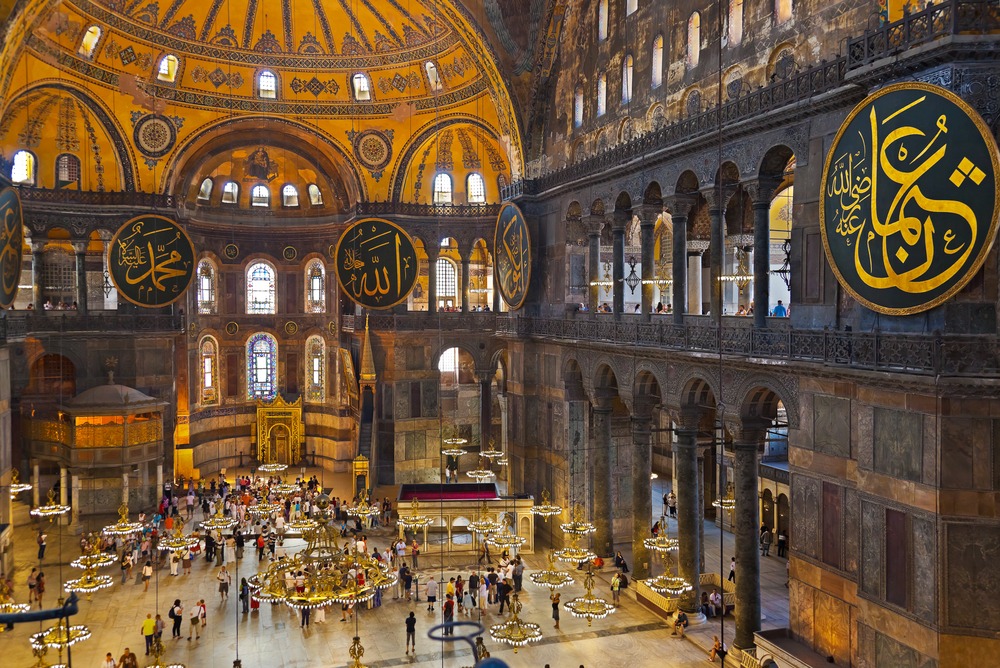
The Origins and Construction of the Hagia Sophia
The Hagia Sophia stands as one of the most extraordinary architectural achievements in world history, a structure that redefined what a building could be in both scale and symbolism. Its origins date back to the transformative reign of Emperor Justinian I, who envisioned a cathedral so magnificent that it would demonstrate the power, wealth, and architectural ingenuity of the Byzantine Empire. After the previous church on the site was destroyed during the Nika Riots in 532 CE, Justinian ordered immediate reconstruction—this time on a scale the empire had never seen.
To bring this ambitious vision to life, Justinian enlisted two renowned minds: Anthemius of Tralles, a mathematician and physicist, and Isidore of Miletus, a master geometer and engineer. Their combined expertise produced a design unlike anything previously attempted, merging Roman engineering traditions with innovative Eastern aesthetics. Construction began swiftly, using thousands of laborers, specialized artisans, and materials gathered from across the empire. Marble from Thessaly, columns from ancient temples, and precious stones from far-flung provinces were brought to Constantinople to adorn this new symbol of imperial grandeur.
The most remarkable feature of the Hagia Sophia was its massive central dome, a breathtaking architectural innovation standing approximately 180 feet high and spanning over 100 feet across. Suspended seemingly without support, the dome created the illusion of floating over the vast interior space, inspiring awe in everyone who entered. Supported by pendentives—an engineering breakthrough of the time—the dome allowed the structure to combine an immense interior volume with abundant natural light streaming through its forty windows at the base. Procopius, Justinian’s court historian, wrote that the dome seemed “not to rest on solid masonry, but to cover the space with its golden dome suspended from heaven.”
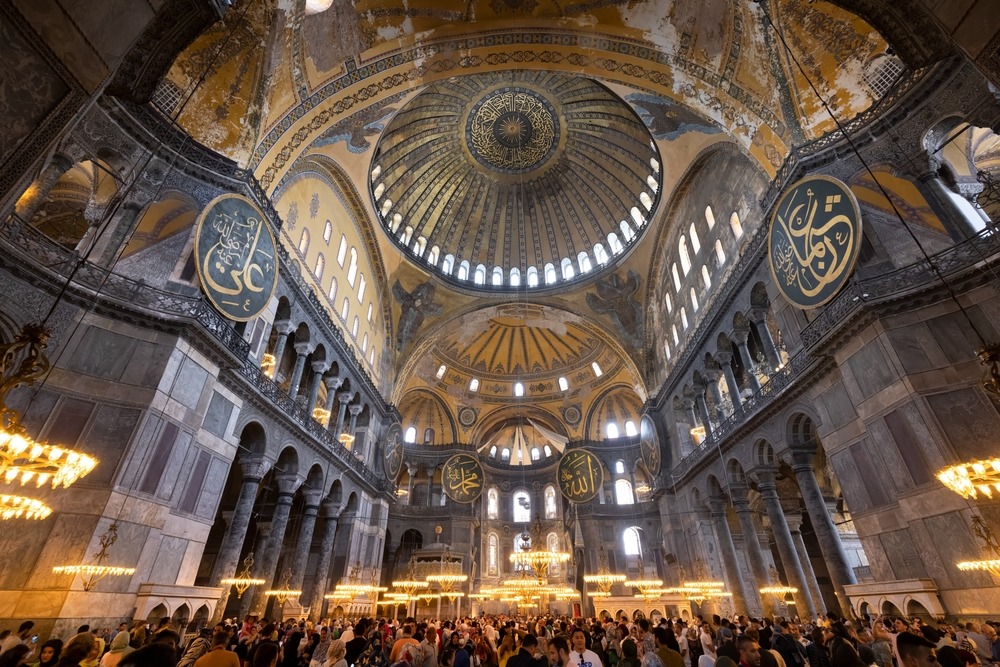
Completed in an astonishing five years, the Hagia Sophia was consecrated in 537 CE. On the day of its dedication, Justinian reportedly proclaimed, “Solomon, I have surpassed thee,” referencing the biblical Temple of Solomon and highlighting the emperor’s belief that the Hagia Sophia was a structure without precedent. From that moment forward, the cathedral stood not only as the spiritual heart of Constantinople but also as a powerful statement of the empire’s cultural and technological supremacy.
The construction of the Hagia Sophia marked a turning point in architectural history. Its innovative engineering, artistic mastery, and symbolic meaning established it as a wonder of the medieval world. Its design would inspire countless structures—from Russian Orthodox churches to Ottoman mosques—and its legacy remains evident in architectural forms across continents. The Hagia Sophia’s birth was not merely the creation of a building; it was the creation of an icon.
The Role of the Hagia Sophia in the Byzantine World
During the Byzantine Empire, the Hagia Sophia was not simply a cathedral—it was the beating heart of religious authority, political ceremony, and intellectual influence. From its completion in 537 CE until the fall of Constantinople in 1453, it served as the most important church in Eastern Christianity and a potent symbol of the empire’s divine legitimacy. Emperors were crowned within its walls, patriarchs preached from its pulpit, and generations of worshippers experienced the grandeur of liturgy in a space designed to evoke heaven on earth.

As the seat of the Ecumenical Patriarch of Constantinople, the Hagia Sophia functioned as the epicenter of Orthodox theology. Major theological debates, including discussions surrounding the nature of Christ, the use of icons, and the evolving doctrine of the church, all unfolded within the cathedral’s orbit. Iconoclasm, one of the most turbulent religious periods in Byzantine history, left its mark on the Hagia Sophia. During the eighth and ninth centuries, mosaics were removed or plastered over as imperial policy sought to enforce a ban on religious images. When icon veneration was restored, artists once again adorned the soaring walls with glittering gold mosaics depicting Christ, the Virgin Mary, saints, and emperors—visual expressions of faith intertwined with political authority.
The Hagia Sophia also served as the setting for imperial ceremonies that revealed the intertwining of church and state. Coronations were particularly significant, as the emperor would be crowned by the patriarch inside the cathedral, symbolizing a ruler chosen by God. Triumphs, diplomatic receptions, and major state announcements often included processional routes that ended within the Hagia Sophia, reinforcing the emperor’s sacred status. These rituals made the building an essential tool of governance as much as a place of worship.
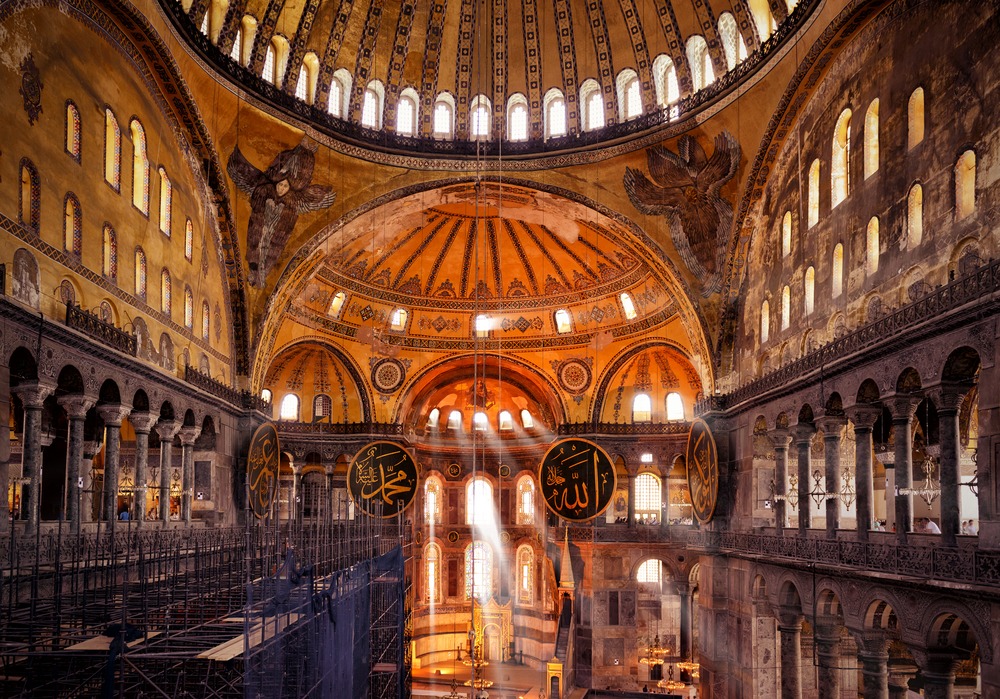
Liturgically, the Hagia Sophia offered an experience unmatched anywhere in the Christian world. Its acoustics, shimmering mosaics, and dramatic architectural proportions created an atmosphere designed to elevate the mind and spirit. The famed Byzantine chant resonated through the cavernous interior, and clouds of incense filled the dome, giving worshippers a sense of mystical immersion. Many foreign visitors recorded their awe. A delegation from Kievan Rus’, upon visiting the Hagia Sophia in the 10th century, reportedly told their prince, “We knew not whether we were in heaven or on earth.” This awe helped inspire the Christianization of the Rus’, demonstrating the building’s far-reaching cultural influence.
The Hagia Sophia’s importance in the Byzantine Empire was multidimensional—religious, political, artistic, and diplomatic. It served not only as a place of worship but as a testament to the empire’s intellectual achievements and spiritual aspirations. For nearly a millennium, it defined the Byzantine identity and stood as a beacon of Eastern Christianity. Even after the curtain fell on the Byzantine world, the impact of the Hagia Sophia continued to echo across cultures and continents.
The Transformation and Enduring Appeal of the Hagia Sophia
The Hagia Sophia has lived many lives, serving as a cathedral, a mosque, a museum, and once again a mosque. Throughout these transformations, it has remained one of the most recognizable and admired structures on earth. Its ability to endure political upheaval, cultural change, and shifting religious boundaries speaks to its architectural brilliance and universal appeal. The fact that it continues to draw millions of visitors from every corner of the world—Christians, Muslims, and travelers of all backgrounds—attests to its profound symbolic power.
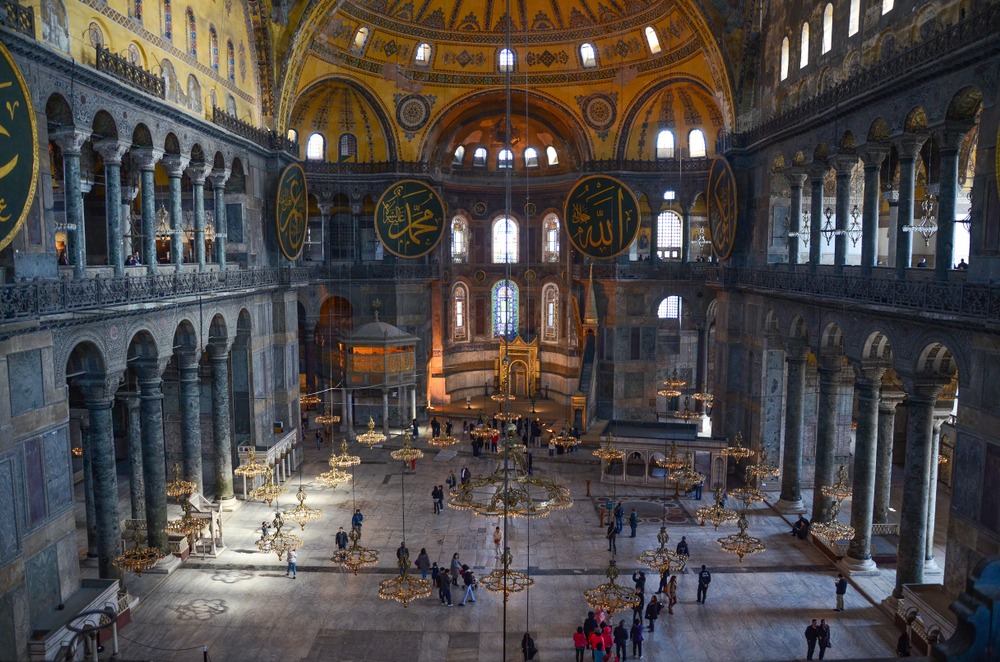
When the Ottoman Empire captured Constantinople in 1453, Sultan Mehmed II ordered that the Hagia Sophia be converted into a mosque. This transformation was both practical and symbolic, representing the beginning of a new cultural era. Minarets were added to the exterior, Islamic calligraphy adorned its walls, and the mihrab was placed facing Mecca. Yet the Ottomans recognized the magnificence of the building and preserved many of its artistic treasures. The great dome, the marble columns, and much of the structure’s architectural character remained intact. In a unique fusion of traditions, the Ottomans allowed the building to become a powerful symbol of both Islamic devotion and Byzantine heritage.
For nearly five centuries, the Hagia Sophia functioned as one of the most important mosques in the Islamic world. Its influence resonated through Ottoman architecture, inspiring masterpieces such as the Blue Mosque and the Süleymaniye Mosque. Architects like Mimar Sinan studied the Hagia Sophia extensively, using its scale and structural innovations as a blueprint for future designs. The building had become a cultural bridge, linking two great civilizations through shared admiration rather than division.
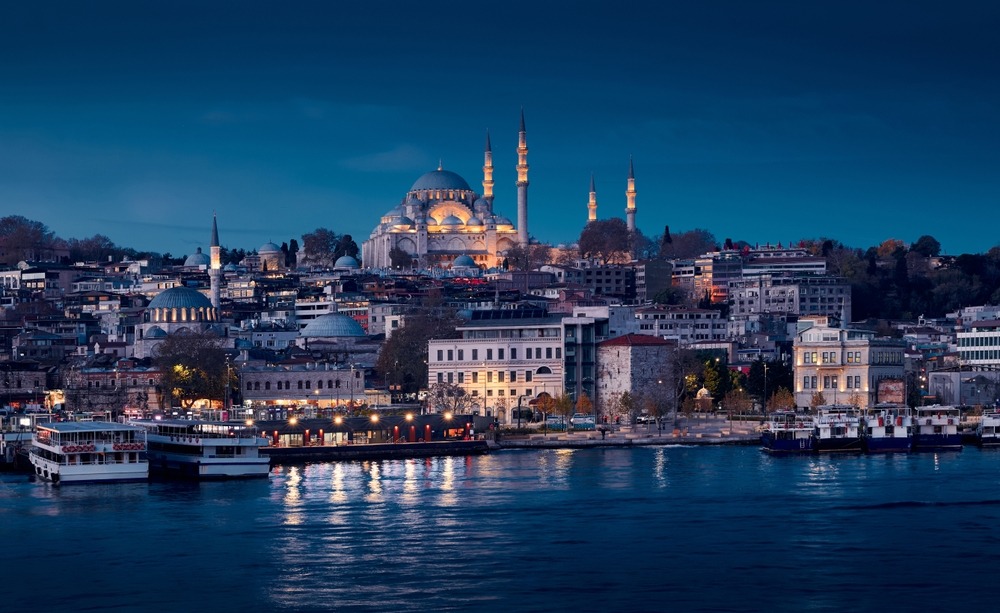
In 1935, under the reforms of Mustafa Kemal Atatürk, the Hagia Sophia was converted into a museum. This decision allowed the structure to serve as a space for historical interpretation and intercultural understanding. Visitors could walk through centuries of history, seeing Christian mosaics next to Islamic calligraphy, a visual reminder of the diverse forces that shaped the city of Istanbul. As a museum, it became one of the world’s most visited cultural sites, celebrated for its ability to transcend religious boundaries.
In 2020, the Hagia Sophia’s status shifted again when it was reconverted into a mosque. Despite the debate in Turkey and abroad surrounding this decision, the building still welcomes millions of tourists annually. Its doors remain open to people of every religion and nationality, and its beauty continues to move all who enter. Christians admire its mosaics, Muslims pray beneath its dome, historians analyze its layers of transformation, and travelers marvel at its timeless majesty.
The Hagia Sophia’s story is one of coexistence, endurance, and cultural intersection. Few structures on earth have served as sacred spaces for multiple world religions while retaining their identity as architectural masterpieces. As a destination for pilgrims, scholars, and global travelers, the Hagia Sophia stands today not just as a monument of stone and mortar, but as a shared heritage site—a place where history, faith, and humanity converge.

































